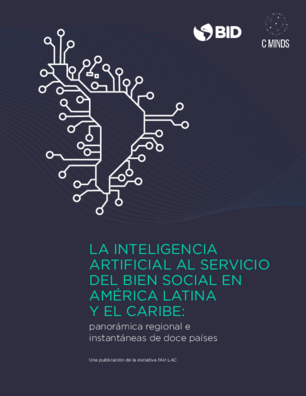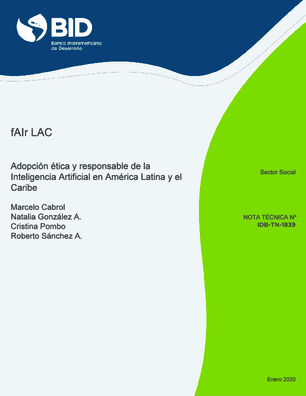Back to Observatory
Air quality prediction in Mexico City
Description of the service
In large cities, people's health and concentrations of particles smaller than 10 and 2.5 micrometers (PM10, PM2.5) and ozone (O_3) are correlated, so their prediction is useful for the government and citizens. Mexico City has an air quality prediction system with a forecast by pollutant per time zone and geographic area, but it is only operative for the next 24 hours.
Predictions for longer periods rely on sophisticated methods, but highly automated techniques, such as deep learning require a large amount of data, not available for this case. Therefore, a set of predictor variables feeds and tests different Machine Learning (ML) methods and determines the essential features for predicting different pollutant concentrations to develop an ad-hoc hybrid model that includes ML features but allows a level of explainability, unlike what would occur with methods such as neural networks.
Different statistical methods and ML techniques allowed the creation of an initial model to estimate the concentration of the three major pollutants in the air of Mexico City two weeks in advance.
Problem that it solves
Predict extreme cases of concentrations of the three major pollutants in Mexico City's air up to two weeks in advance.
Type of AI app used
Events detection (anomaly detection and early warning), PredictionMain results to June 30, 2021
We tested different statistical and machine-learning models to define the most useful features, implemented in an initial hybrid model that can predict extreme cases better than other models tested. The initial model works with public data sources. The model will be presented at the 20th Mexican International Conference on AI and published in Lecture Notes on AI under the name A Hybrid Model for the Prediction of Air Pollutants Concentration, based on statistical and Machine Learning techniques.
Three main bottlenecks faced during implementation
- Insufficient amount of data
- Fit machine-learning models to the amount of data available
- Difficulty in predicting at the local or time-zone level
Lessons learned in the design or use of AI for social impact
- Projects must rely on open data so that any person or organization can use or follow up on the projects in case they end.
- Present the results so that everyone can assimilate and use them.
Country of origin
Geographic scope of operations
Mexico City
Type of executing entity
Research instituteSector/industry
Sustainable Development Goal(s) to which your AI solution contributes
3 (good health and well-being)
13 (climate action)
IA app developed internally or by a third party
Internally
Name of implementing entity
Consorcio en Inteligencia Artificial
Stakeholders involved
Consorcio en Inteligencia Artificial, CIMAT, CONACyT
Percentage of the development team that are women
0%
Year they started using AI-based models
2007It may interest you
The Regional Landscape and 12 Country Snapshots
Colombia lanzó la Misión de Expertos en IA para evaluar las potencialidades de la IA y dar recomendaciones concretas en el corto, mediano y largo plazo.
Responsible and Widespread Adoption of Artificial Intelligence in Latin America and the Caribbean



